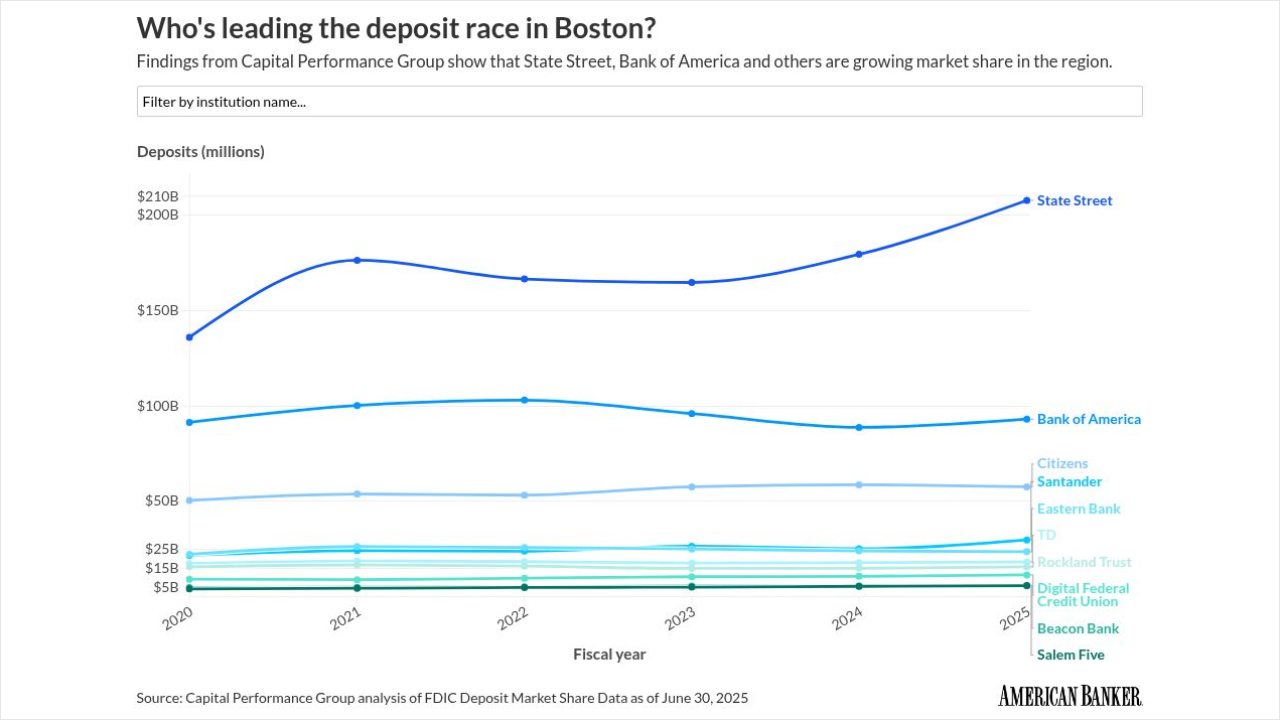
The Trump administration has been laser focused on
In 1987, the FDIC, OCC, Federal Reserve Board and NCUA each promulgated an identical "pillar regulation" that sets forth the so-called "four pillars" of a
At the time, the agencies stated that they were "considering whether to establish more detailed compliance procedures in the near future" through formal rulemaking. But they never did. Instead, in 2005, the agencies collectively published the first version of the FFIEC Manual (then, 300 pages; today, longer) to "assist examiners, as well as banking organizations, in understanding relevant laws and regulations."
Examining compliance with the pillar regulation is a vital component of every safety and soundness examination. Yet according to a 2018 decision of the Court of Appeals for the 9th Circuit, the spare text of the pillar regulation is "ambiguous" because it is "susceptible to different interpretations." Unfortunately, rather than holding the agencies accountable for writing an ambiguous regulation that, arguably, provides financial institutions with little to no meaningful guidance, the 9th Circuit applied a judicially created deference doctrine, the so-called Auer deference, to defer to the agencies' post hoc interpretations of the pillar regulation in the FFIEC Manual.
For example, because the FFIEC Manual provides that "training should be tailored to [each] person's specific responsibilities," the 9th Circuit held that the pillar regulation also includes this unstated requirement — meaning that the small community bank in question, which had provided generalized training to its 15 employees, had violated the law. The 9th Circuit thus allowed the agencies (in that case, the FDIC) to perform a successful end run around the notice-and-comment rulemaking normally required by the APA. The court did not apply the text of the ambiguous pillar regulation itself (how could it?). Rather, the court applied the agencies' post hoc interpretations of the regulation in the FFIEC Manual to determine whether the ambiguous regulation itself had been violated.
This status quo is deeply problematic for three reasons. First, according to a 2023 study, financial crime compliance costs U.S. financial institutions $59 billion annually. These costs are passed along to consumers, making the cost of financial crime compliance economically significant. Yet because the pillars were promulgated on an emergency basis in 1987, they were not subject to the notice-and-comment rulemaking that would have allowed regulated financial institutions and the public to weigh in on the burden and clarity of the requirements imposed. Notice-and-comment rulemaking is important because it allows agencies to benefit from outside expertise and input. Here, the banking agencies promulgated an economically consequential final rule that was not subject to this democratically inclined process.
The Federal Reserve Thursday issued a proposal that would allow banks to be considered "well managed" even if they are found to be deficient in their governance and controls.
Second, although the FFIEC Manual is nonbinding guidance, the banking agencies incorrectly apply it as law. As the agencies themselves acknowledged six months after the 9th Circuit's decision, "guidance does not have the force or effect of law." Yet in practice the agencies continue to apply the FFIEC Manual's nonbinding guidance as if it were law in citing violations of the pillar regulation, assigning consequential ratings (such as "CAMELS" and "ROCA" ratings) and pursuing enforcement actions. As an agency official recently told us, the agencies' true perspective is that "the FFIEC Manual provides the details of the legal requirements."
In other words, when the agencies assert that a financial institution has violated the pillar regulation, their assertion, truly, is not that there is a violation of law according to the text of the pillar regulation itself. Rather, it is that there is a violation according to the agencies' nonbinding diktat in the FFIEC Manual.
Third, the modern regulatory state, and the 9th Circuit's 2018 decision to defer to the FFIEC Manual, is premised upon the judicially created Auer doctrine, which encourages and incentivizes bad rulemaking. Auer deference allows agencies to intentionally promulgate ambiguous regulations, secure in the knowledge that the courts will defer to the agencies' post-hoc interpretations of those regulations — interpretations that were never subject to notice-and-comment rulemaking.
Auer deference therefore could not be more un-American or more antidemocratic. The Supreme Court should overrule Auer (just as it recently overruled Auer's close cousin, Chevron, which required judicial deference to agency interpretations of ambiguous statutes). And financial institutions facing unwarranted CAMELS or ROCA ratings, citations for pillar violations, or enforcement actions should consider challenging Auer's constitutionality and legality.
In short, rather than using their expertise to propose a more detailed pillar regulation through notice-and-comment rulemaking, the banking regulators issued a lengthy examination manual that they apply against financial institutions as if that nonbinding guidance were the law. It is not. While the purposes and intent behind the FFIEC Manual are salutary, it is un-American and antidemocratic to allow agencies to impose billions of dollars in costs through nonbinding guidance, not subject to the rigor of notice-and-comment rulemaking, that they incorrectly apply as law. The Trump administration should correct this injustice by disposing of the FFIEC Manual, and by subjecting every rule or requirement that the banking agencies propose to the rigor of notice-and-comment rulemaking. In the meantime, financial institutions dealing with overly aggressive regulators should keep in mind that the pillar regulation is, according to the 9th Circuit, "susceptible to different interpretations," and that Auer is ripe for the Supreme Court to overrule.






